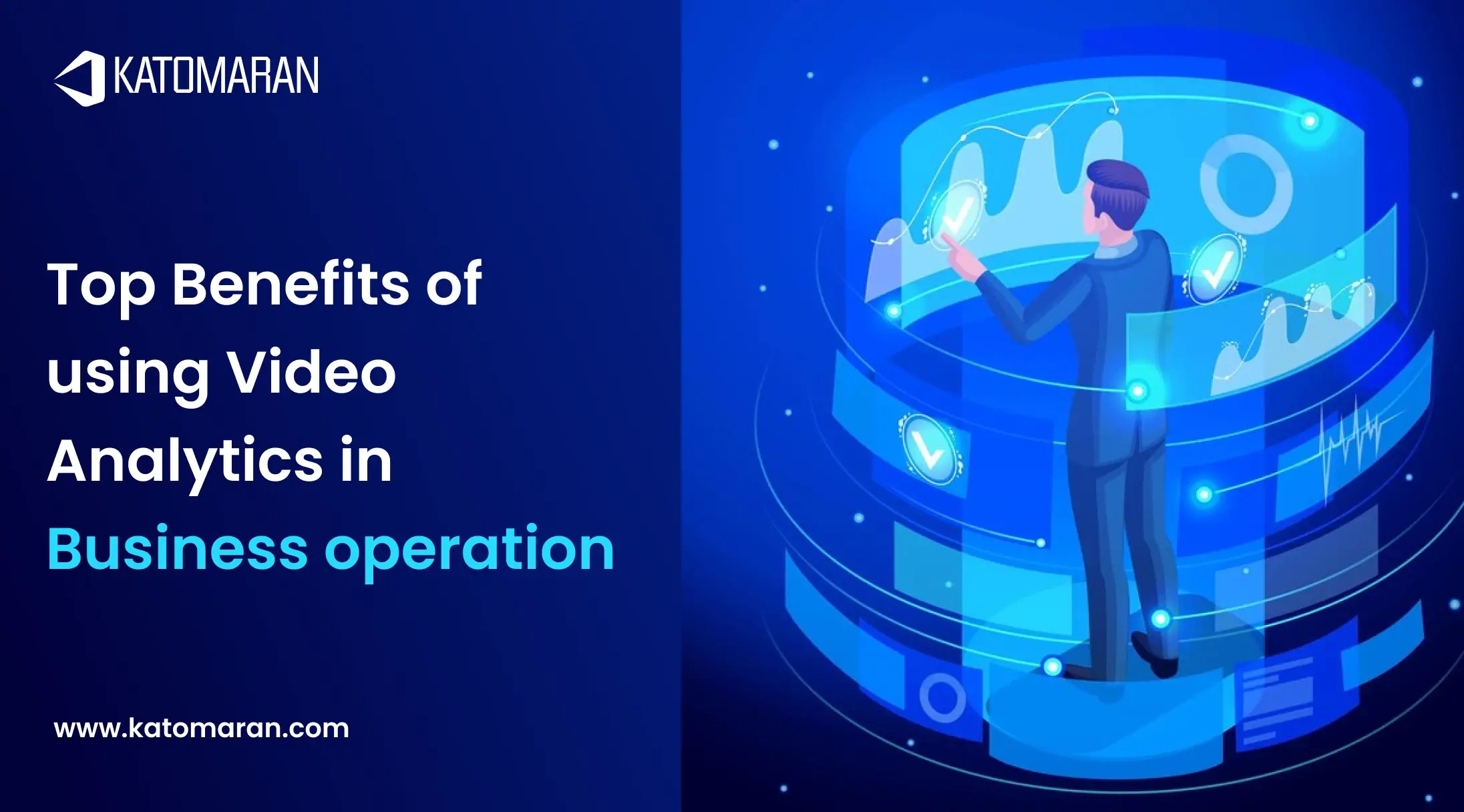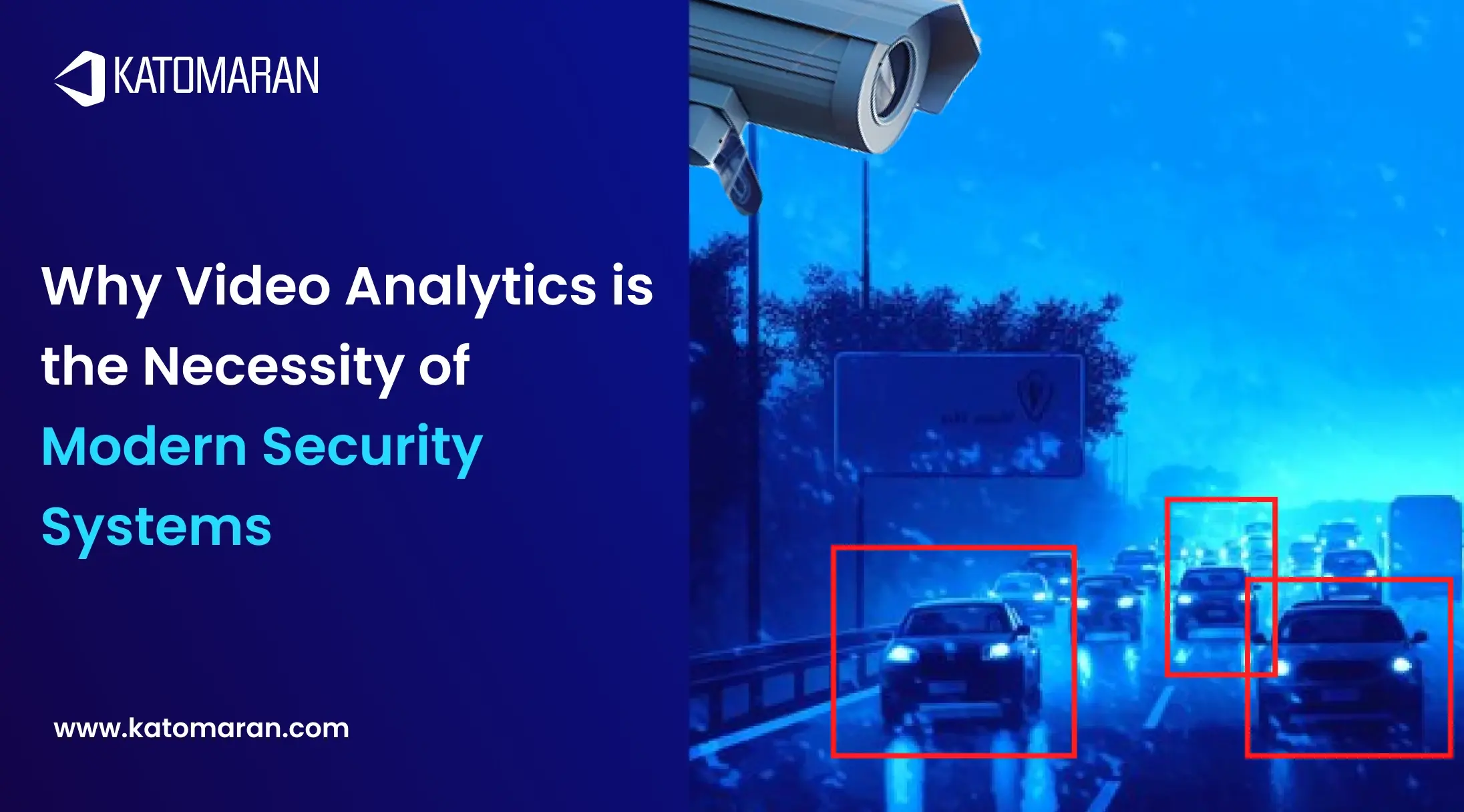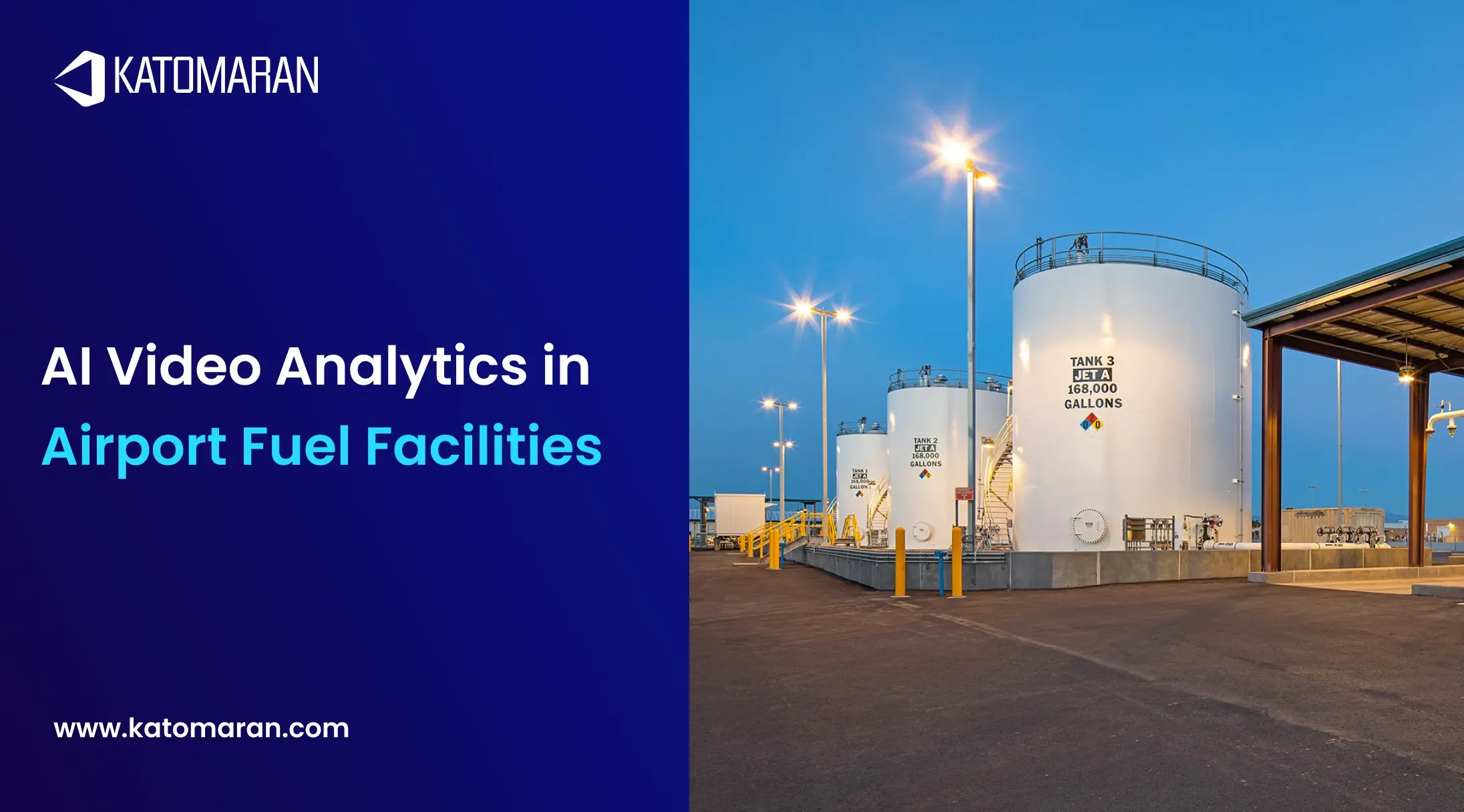Introduction
Operational security, safety, and efficiency are not negotiable in the oil and gas industry. With facilities scattered in remote and high-risk areas, conventional surveillance systems are no longer sufficient. This is where Video Analytics for Oil and Gas Facility operations comes in — transforming raw video feeds into real-time, actionable intelligence.
Video Analytics powered by AI assists in the detection of hazards, tracking of employees, and improving operations before problems get out of hand. From offshore facilities to refineries, it enables control rooms to make quicker, data-driven decisions — maintaining safety and compliance at all times.
Why Video Analytics is Essential in Oil and Gas Operations
Oil and gas environments are constantly exposed to threats — gas leaks, fires, equipment failures, perimeter intrusions, and human mistakes. Manual monitoring alone often results in delayed response and a higher risk.
By applying video analytics for oil and gas facilities, organizations can self-detect hazardous conditions and notify response teams in real time.
- Instant detection of smoke, fire, or gas leaks
- Recognition of unauthorized entry or intrusion in protected areas
- Tracking of worker safety behavior and PPE compliance
- Monitoring of vehicle and equipment movement within dangerous zones
- Enabling industrial safety compliance and minimizing downtime
These intelligent features increase site awareness, decrease response time, and prevent costly incidents — protecting both assets and human lives.
How Video Analytics Improves Safety and Efficiency in Oil and Gas Facilities
Modern AI-based Video Surveillance for Oil and Gas facilities leverages deep learning algorithms to continuously analyze live video streams. It identifies deviations from normal behavior, such as an unattended pipeline valve or unexpected human presence near high-pressure zones.
Key Capabilities Include
1. Intelligent Video Monitoring
AI-powered cameras analyze video feeds in real time, providing 24/7 intelligent video monitoring without human fatigue. The system identifies anomalies, unusual patterns, and behaviors that deviate from normal facility operations — enabling continuous, accurate, and efficient surveillance across both simple and complex environments.
2. Real-Time Incident Detection
The system detects and classifies high-priority events such as smoke, fire, gas leaks, and unauthorized activities instantly. With real-time incident detection, it ensures faster emergency response, minimizes downtime, and helps prevent damage to life, property, and assets.
3. Automated Alert System
Once an abnormal event is recognized, the automated alert system instantly sends notifications to control room dashboards, mobile devices, or emails. This ensures decision-makers are immediately informed, allowing quicker action and better incident response.
4. Worker Safety Monitoring
AI algorithms continuously monitor worker movements and site conditions to ensure compliance with safety protocols. Advanced detection includes PPE violation detection, worker fatigue, falls, and unsafe proximity to hazardous zones — enhancing workplace safety and promoting a proactive safety culture.
5. Perimeter and Intrusion Detection
The system enhances security architecture by continuously monitoring restricted and high-risk areas. It identifies unauthorized access, perimeter breaches, and suspicious movements — adding an additional layer of protection for critical infrastructure and valuable assets.
Automating these activities helps video analytics minimize human dependency, reduce false alarms, and provide uninterrupted safety coverage.
Major Applications of Video Analytics in Oil and Gas Installations
AI-driven video analytics for oil and gas facilities is now being applied at multiple stages of the oil and gas value chain, from production to transportation. Below are key use cases
1. Fire and Gas Leak Detection
Sophisticated vision systems identify pre-alarm signs of smoke, flame, or vapor leaks even before traditional sensors trigger alarms. This allows real-time incident detection and rapid response to prevent disasters.
2. Pipeline Surveillance
With miles of pipes running through remote regions, manual inspection is inefficient. AI models scan live feeds to detect leaks, corrosion, or intrusion — maintaining environmental monitoring and regulatory compliance.
3. Equipment Condition Monitoring
AI algorithms analyze video data to detect unusual vibration, movement, or overheating in compressors, pumps, and valves — enabling predictive maintenance using AI and minimizing unplanned shutdowns.
4. Worker Safety Monitoring
Computer vision ensures workers wear helmets, gloves, and other protective equipment. It also detects fatigue, slips, or entry into unauthorized zones — enhancing industrial safety compliance.
5. Environmental and Compliance Monitoring
Video analytics for oil and gas facility management extends to emission tracking, waste control, and spill detection — supporting sustainability and regulatory compliance goals.
Benefits of Adopting Video Analytics Solutions
Implementing video analytics for oil and gas facilities delivers measurable business and safety advantages
- Preventive Risk Avoidance: Early hazard detection prevents loss of life and assets.
- Operational Optimization: Automated monitoring frees staff for critical tasks.
- Less Downtime: Forecasting insights support quicker maintenance decisions.
- Cost Optimization: Reduces false alarms and unnecessary manual checks.
- Scalability: Works across multiple offshore drilling platforms, refineries, and remote site management operations.
With AI, every camera becomes a smart sensor — continuously learning from visual data and improving performance over time.
Conclusion
As the industry embraces automation and smart infrastructure, video analytics for oil and gas facilities has become a cornerstone technology for safety and efficiency. By merging computer vision, machine learning, and AI-based video surveillance for oil and gas, organizations can detect hazards, avoid downtime, and ensure 24/7 visibility.
From fire and gas leak detection to predictive maintenance using AI, video analytics is transforming how energy firms protect their people, assets, and operations — moving the oil and gas sector toward a truly intelligent future.
At Katomaran Technologies, we specialize in delivering AI-driven video analytics solutions for the industries, ensuring enhanced safety, real-time monitoring, and intelligent automation. Ready to transform your facility with advanced visual intelligence? Let’s build a safer, smarter future together.




